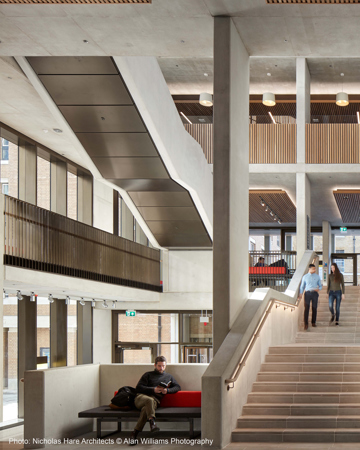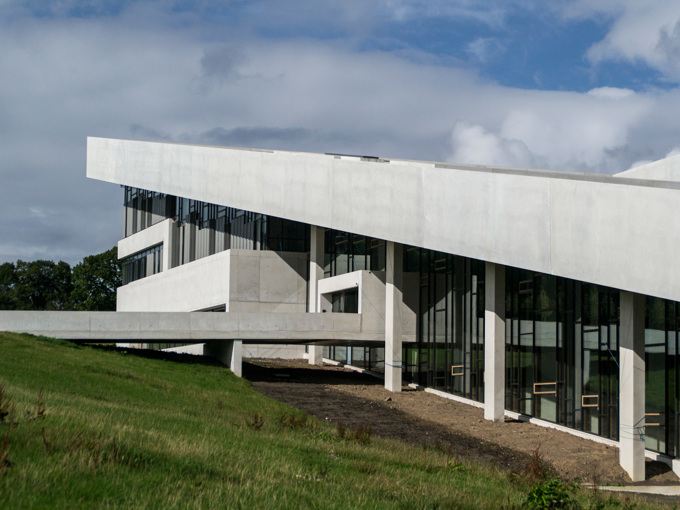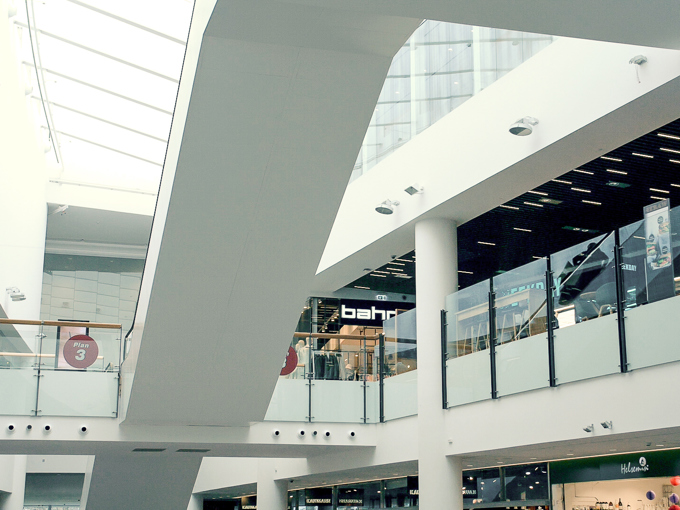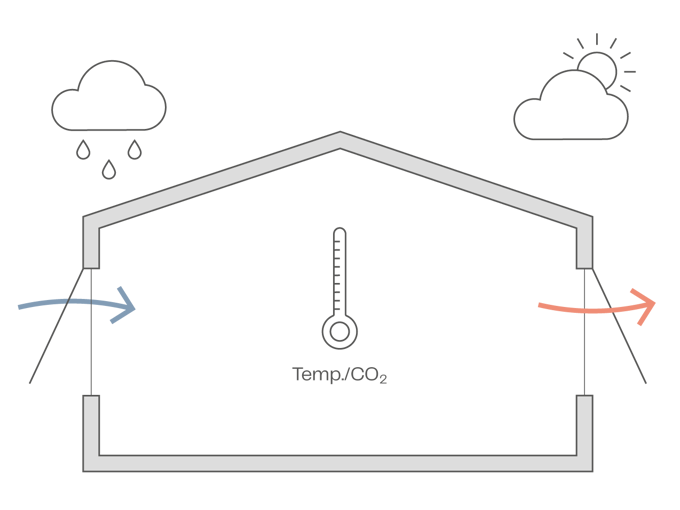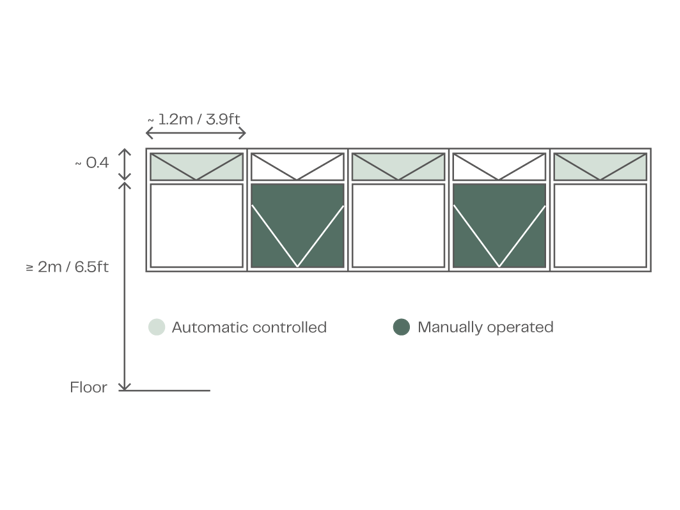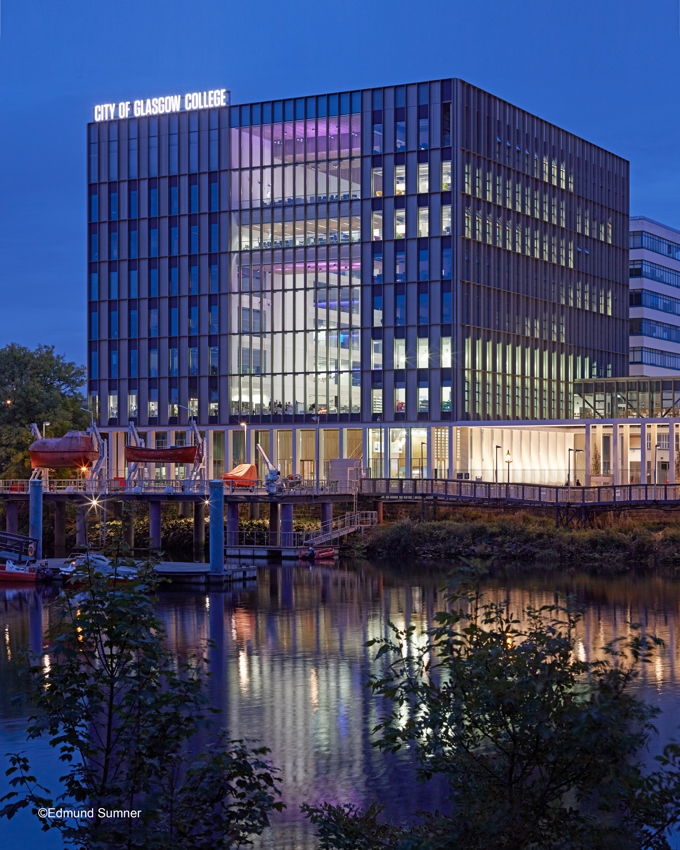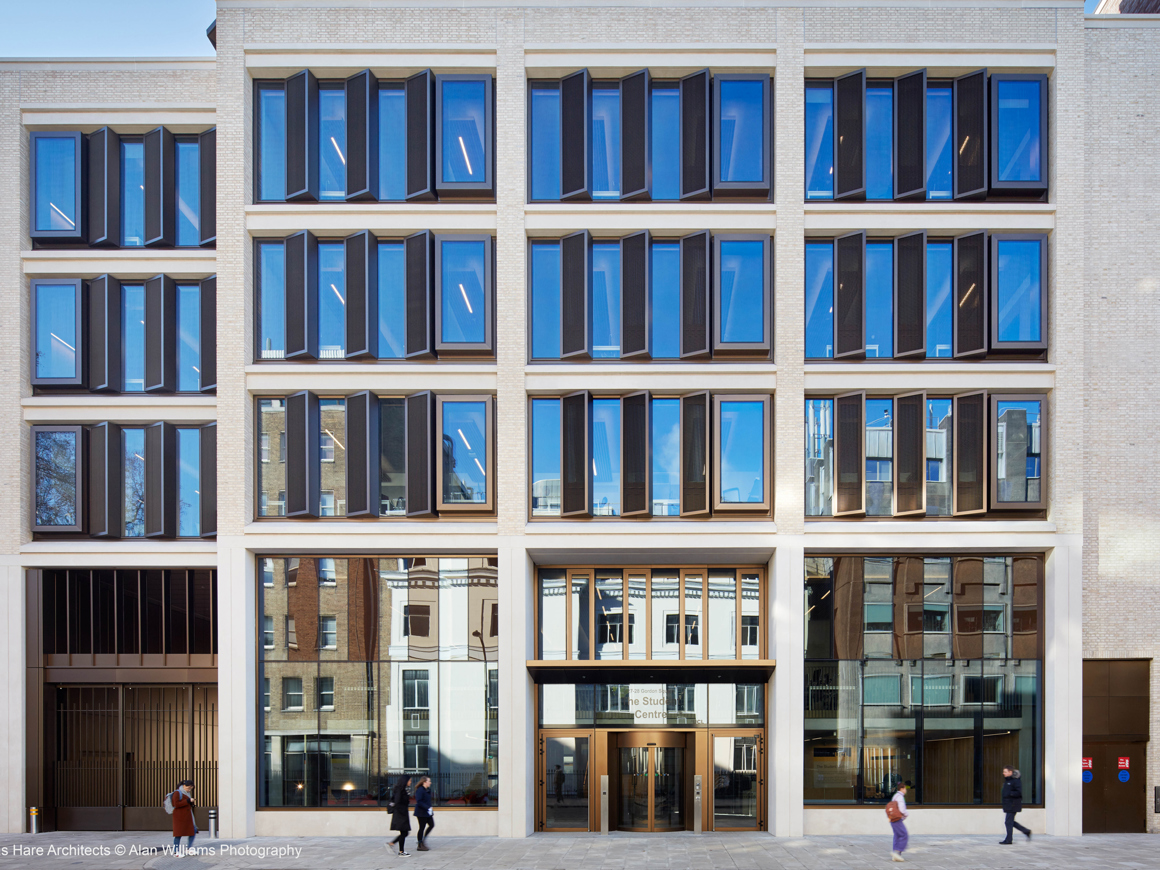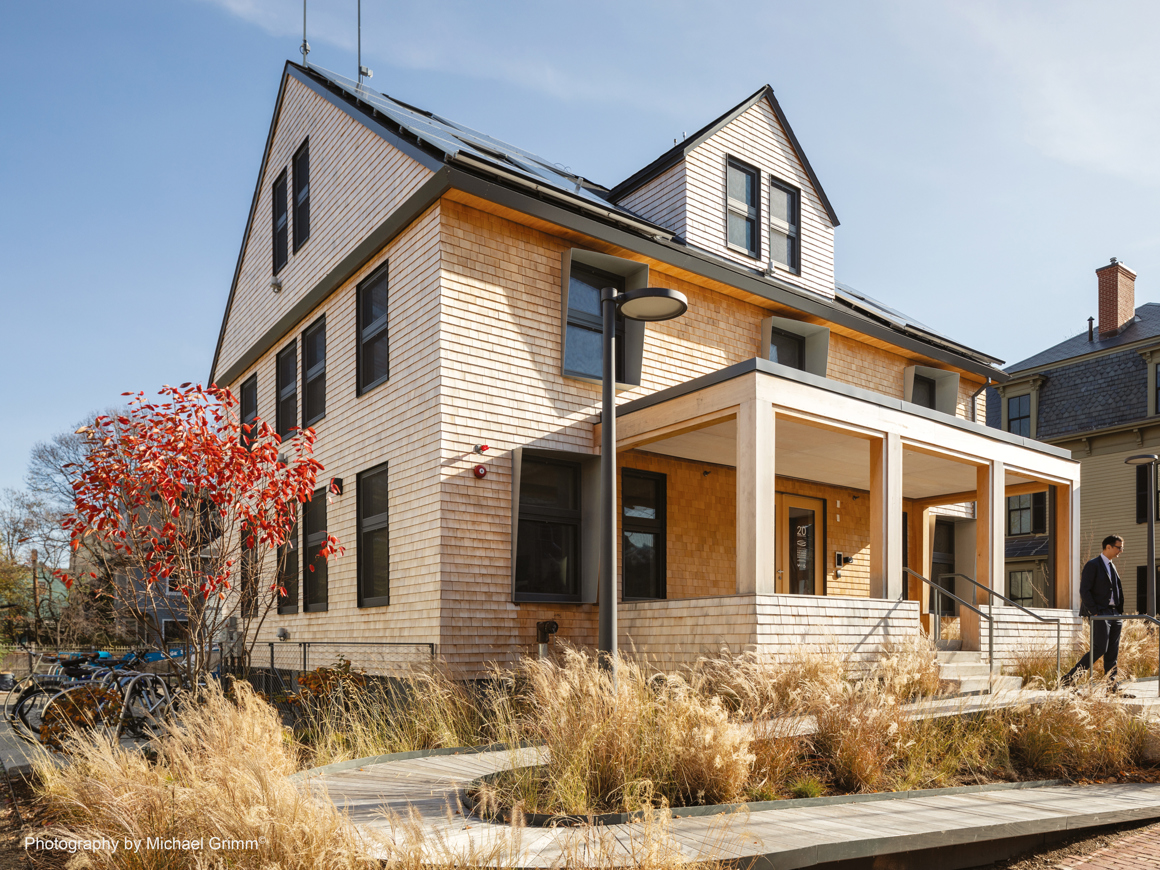Naturally ventilated buildings that are controlled intelligently
Naturally ventilated buildings offer numerous benefits in terms of energy efficiency and occupant comfort. However, to maximise these advantages, intelligent control systems are essential. By combining the principles of natural ventilation with advanced technology, these systems ensure that the airflow is optimised, maintaining a comfortable and healthy indoor environment while minimising energy consumption.
Do you have more questions about how natural and mixed-mode ventilation work?
Feel free to contact us! At WindowMaster, we can help you find the ideal ventilation system that suits your project.
The basics of natural ventilation
Natural ventilation is a way to regulate the indoor climate and lower CO2 levels. By allowing outdoor air to flow in and out of the building through openings in the facade and/or roof, natural ventilation helps refresh the indoor environment, improve air density, and maintain a cool temperature during summer. This is achieved through the utilisation of temperature and pressure differences between the inside and outside of the building, which are induced by wind speed and air temperature. While manual opening and closing of windows are often associated with natural, wind-driven ventilation, it is also possible to automate roof and facade openings intelligently, making it easier for building occupants and maintaining the security of the building.
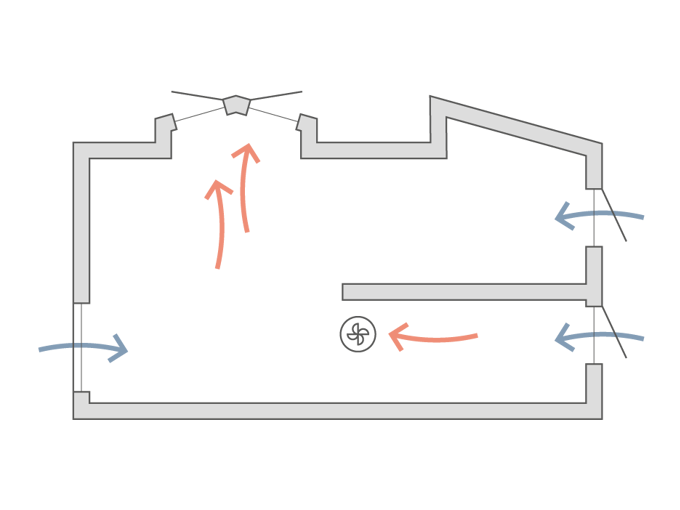
How to control natural ventilation systems intelligently
We sometimes hear that having manual or mechanical ventilation can pose a threat to the security and integrity of the building. If a building occupant leaves a window open, someone could enter the building illegally or rain could damage the interior. We also hear that natural ventilation contributes to uncomfortable drafts in the wintertime. All these and other scenarios are possible. However, automating with intelligence can help prevent these unfortunate events. WindowMaster solutions employ features such as industry-tested parameters, sensors, and building schedulers to ensure that the building only opens when it makes sense.
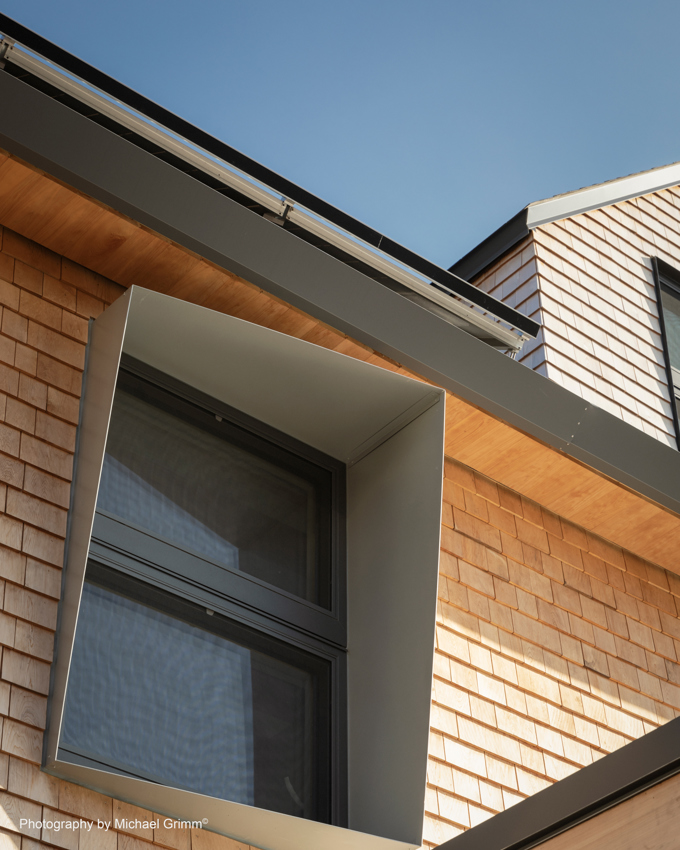
Why is automating natural ventilation a good idea?
Automation makes life easier for building facility managers and occupants by letting the BMS or control system manage the openings in the facade and roof. This means less hassle in maintaining the indoor air quality and temperature in the building. And since fresh air is proven to be key for well-being and productivity, automation has the double benefit of providing fresh air without distracting people from the task they have at hand. However, not all automation and control systems for window and roof openings in the industry offer the same functionality and benefits. With WindowMaster, our control systems are designed to address occupant comfort and indoor air quality while also offering straightforward installation and maintenance. We also design and consult for customised solutions for a range of non-residential building types, such as schools, hospitals, commercial buildings, shopping centres, and museums. And though the opening and closing of the windows is automated, our systems also allow manual override and zoned control to allow occupants to cater to their own indoor comfort needs.
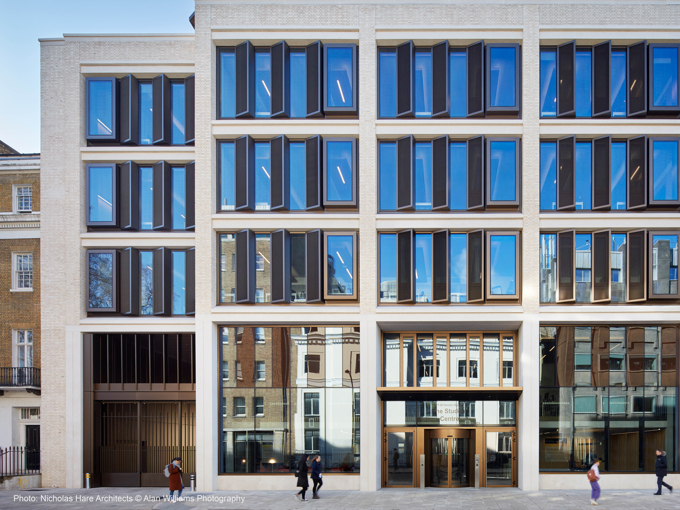
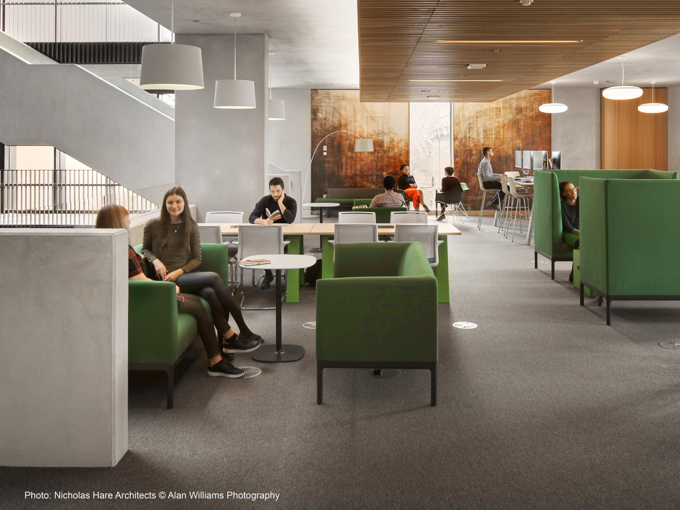
What the sensors monitor and how they work
WindowMaster typically uses indoor and outdoor sensors in combination with parameters established in the control system. The indoor sensors will monitor temperature, humidity, and CO2 levels for the room and/or building zones. Outdoor sensors or weather stations will record information on temperature, rain, and wind speed. Then based on the control parameters, the system will decide how much the windows should open, if at all.
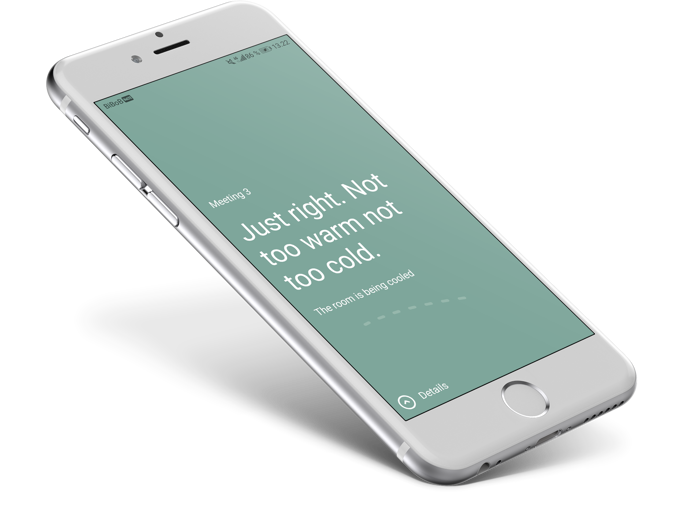
What is mixed-mode ventilation?
Mixed-mode ventilation or hybrid ventilation is a sustainable ventilation strategy that can improve the indoor air quality and effectively regulate the indoor temperature. This enhances occupant comfort and productivity. Mixed-mode ventilation systems combine the benefits of natural ventilation with the added support of mechanical fans and systems to move and change air for a comfortable and healthy indoor climate.
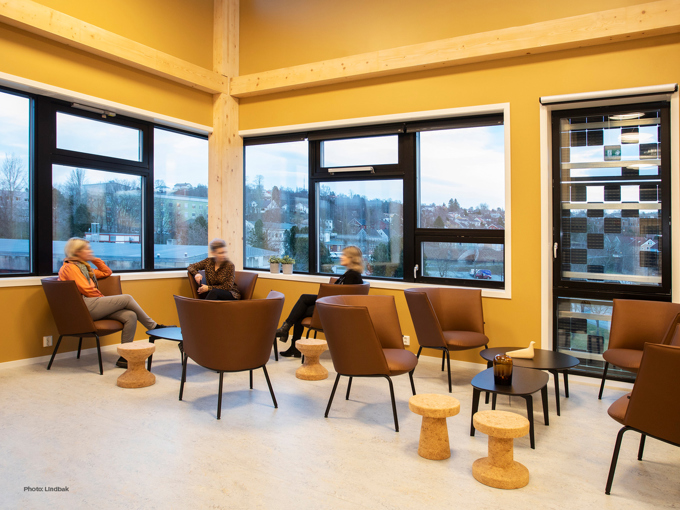
5 key benefits of natural and mixed-mode ventilation
Top 10 Advantages of Natural Ventilation-

Reduced costs
As natural ventilation systems rely on natural forces, you will save significantly on your building’s energy consumption and therefore save significantly on your energy bills.
-

Low maintenance
Natural ventilation does not require costly maintenance, further reducing costs as well as saving you time and effort.
-

Improved air quality
Natural ventilation systems ensure that clean air is flowing throughout the building. This will improve your air quality which, in turn, will improve the health of the occupants of the building and increase productivity and concentration levels.
-

Consistency
Natural ventilation ensures that each room or zone is supplied with the right amount of both cool air and warm air, keeping the temperature consistent and at a pleasant level. This also removes the need to constantly adjust the system.
-

Reduced carbon emissions
Lower energy consumption means reduced carbon emissions which is how natural ventilation contributes to the building’s sustainability profile.
Natural ventilation is suitable for nearly all building types
How do mixed-mode ventilation systems work?
Mixed-mode ventilation systems reduce energy consumption through the reduction of mechanical fan use and, in some cases, the cooling demands. By using key natural ventilation strategies to ventilate during the day or night (night cooling), mixed-mode ventilation reduces the use of mechanical systems and possibly the size of the system. Like natural ventilation systems with WindowMaster, mixed-mode ventilation systems utilise sensors to monitor indoor temperature, CO2 levels, and humidity, as well as outdoor conditions. Based on this data, the system will automatically either choose natural ventilation or mechanical ventilation, depending on which system is the most optimal to use. The system will then switch back to the natural ventilation strategies when appropriate. For example, if the weather is too cold, rainy, or hot, the mixed-mode ventilation system adjusts the building openings appropriately and communicates with the mechanical ventilation system to optimise the indoor environment. The system then takes a holistic approach to ensure occupant comfort and indoor climate health for a high-performance building.
Read about night cooling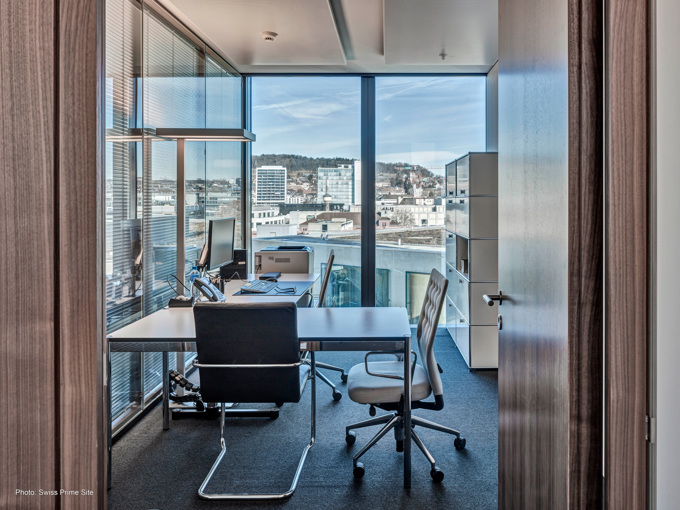
How does mixed-mode ventilation work in the different seasons?
-

Summer
Window actuators control building openings to let cool outdoor air into the building. This is sometimes achieved through night cooling. Depending on climate, the building openings may also open during the day to change the air or cool the building, depending on indoor temperature parameters. These strategies ensure sustainable building operation through a minimum use of energy.
-

Winter
In some climates, a mixed-mode ventilation strategy can work with a mechanical ventilation system to ventilate the building while recovering heat generated in the indoor environment. In this way, heat recovery can reduce heating demands while minimising or eliminating a draft.
-

Spring/Fall
WindowMaster’s mixed-mode ventilation systems are intelligent indoor controls that monitor indoor and outdoor climate factors to deliver optimal indoor comfort. The climate can vary greatly during these seasons, so the combination of a summer/winter strategy is often employed. The control system chooses between natural ventilation or mechanical ventilation, depending on what is most appropriate for both the indoor and outdoor conditions.
